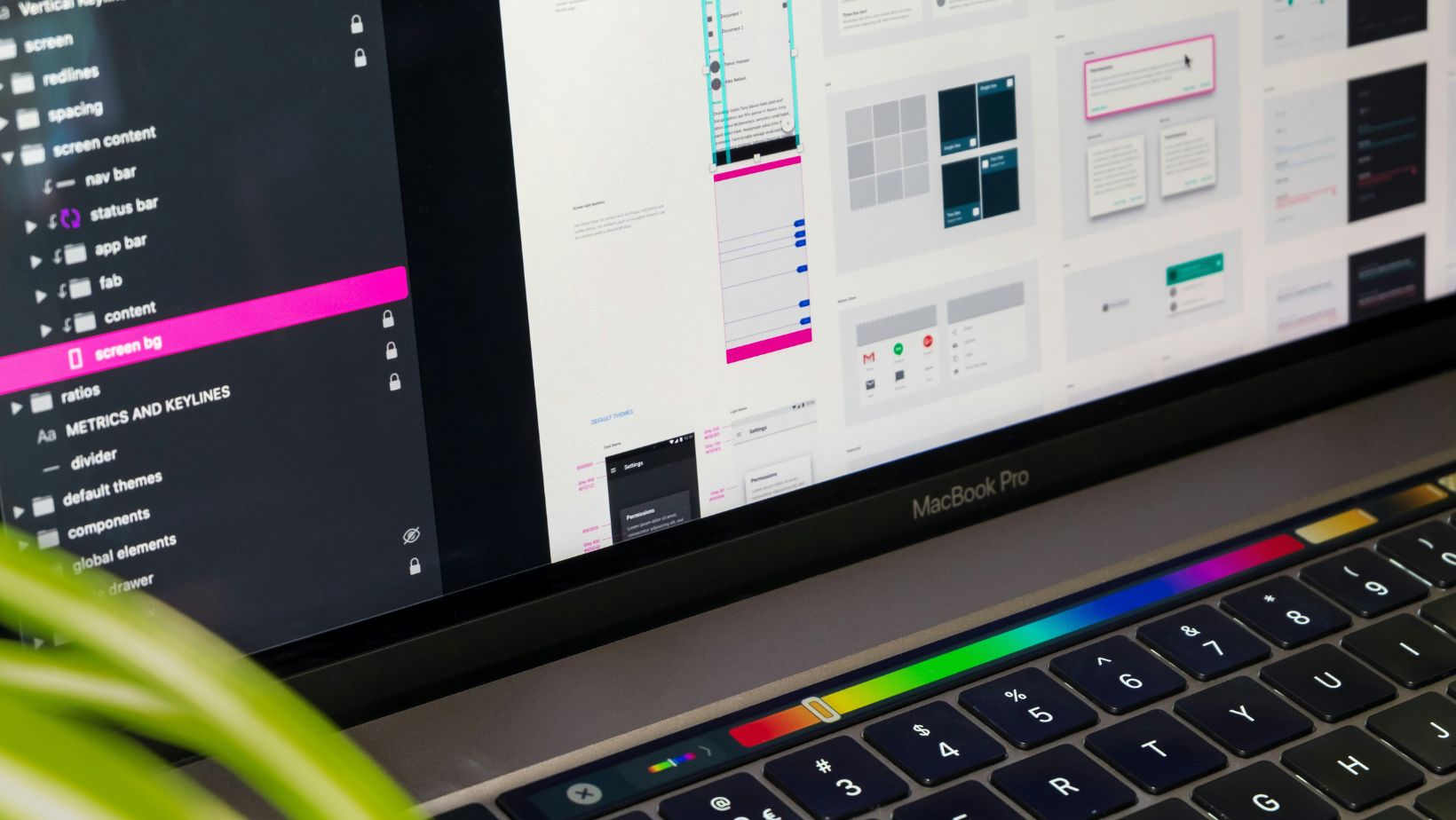The world of digital art thrives on visual fidelity and creative flexibility. Within this landscape, the Portable Network Graphics format stands out as a powerful tool, particularly due to its lossless compression and robust transparency capabilities. However, like any digital medium, png images come with their own set of advantages and considerations for artists.
The Advantages for Digital Artists
One of the most compelling reasons for digital artists to embrace PNGs is their commitment to lossless compression. This means that unlike formats such as JPEG, a PNG file does not discard image data each time it is saved or edited. For artists, this is paramount: every pixel, every brushstroke, and every subtle color gradation is preserved with remarkable fidelity, ensuring that the final output perfectly reflects the artist’s original intent without degradation over multiple iterations.
Beyond lossless quality, PNG’s superior transparency is a game-changer for digital art. This isn’t a simple on/off transparency; PNGs support an alpha channel, allowing for varying degrees of opacity. This capability enables artists to create intricate layers, seamless overlays, and elements that blend perfectly into any background.
As Aida González Vázquez, a contributor to The Artistry on Creative Fabrica, notes, “PNG stands for Portable Network Graphics. This format supports raster graphics without losing quality. It’s common to use PNG files for logo and web design. PNG files provide a transparent or semi-transparent background.” This feature is invaluable for creating elements that can be effortlessly composited onto diverse digital canvases or integrated into web designs, from character assets to complex UI elements.
Furthermore, PNGs excel in their color depth and quality. Supporting 24-bit truecolor (millions of colors) and 32-bit (including the alpha channel), PNGs ensure that digital artwork retains its full vibrancy and nuanced color palettes. This makes them ideal for detailed illustrations, digital paintings, and even capture screenshots of digital workflows where color accuracy and subtle gradations are critical. Artists can be confident that the colors they meticulously select will be reproduced faithfully across different displays.
Understanding the Limitations
While PNGs offer significant advantages, digital artists must also be aware of their limitations, particularly concerning file size. Due to their lossless nature, PNGs can result in substantially larger file sizes compared to lossy formats like JPEG, especially for complex artworks with rich detail and extensive color information.

The main disadvantage of PNG files is their big size. For artists working with numerous large files or preparing artwork for web display where load times are a concern, this can become a significant factor. Managing these larger files might require more storage space and can impact workflow efficiency if not optimized.
Another crucial consideration for digital artists is PNG’s suitability for print. While excellent for screen display, PNGs are generally not the optimal format for professional printing. Also, this format is not the best for printing. PNG files don’t support CMYK colors, so the final results will differ from the original digital design.
The print industry primarily uses the CMYK (Cyan, Magenta, Yellow, Key/Black) color model, whereas PNGs are fundamentally RGB (Red, Green, Blue) based. Converting an RGB PNG to CMYK for printing can lead to noticeable color shifts because the RGB color gamut is typically wider than CMYK.

This means vibrant colors seen on screen might appear duller or different when printed, potentially leading to discrepancies between the digital artwork and its physical manifestation. For print-ready artwork, artists often turn to formats like TIFF or high-resolution JPEGs that support CMYK profiles.
For purely vector-based art, such as logos or scalable illustrations that need to be resized without any loss of quality, SVG (Scalable Vector Graphics) is a more powerful and efficient alternative to PNG. Unlike pixel-based raster formats like PNG, SVGs are defined by mathematical equations, allowing them to scale infinitely without pixelation and often resulting in much smaller file sizes.
Conclusion
The PNG format is an indispensable tool in the digital artist’s arsenal, celebrated for its lossless quality and exceptional transparency capabilities, making it ideal for detailed illustrations, layered compositions, and web-ready graphics. However, artists must weigh these benefits against the potential for larger file sizes and their limitations in professional print contexts by understanding these pros and cons and by optimizing PNGs or selecting alternative formats when appropriate (e.g., JPEG for photographs, SVG for vector art, TIFF for print), digital artists can harness the full potential of PNGs to create stunning and versatile visual experiences.


More Stories
The Overlooked Gadget That Can Transform Your Home Wi-Fi Performance
Suhjvfu: An In-Depth Exploration
621628759: Discovering Its Hidden Significance